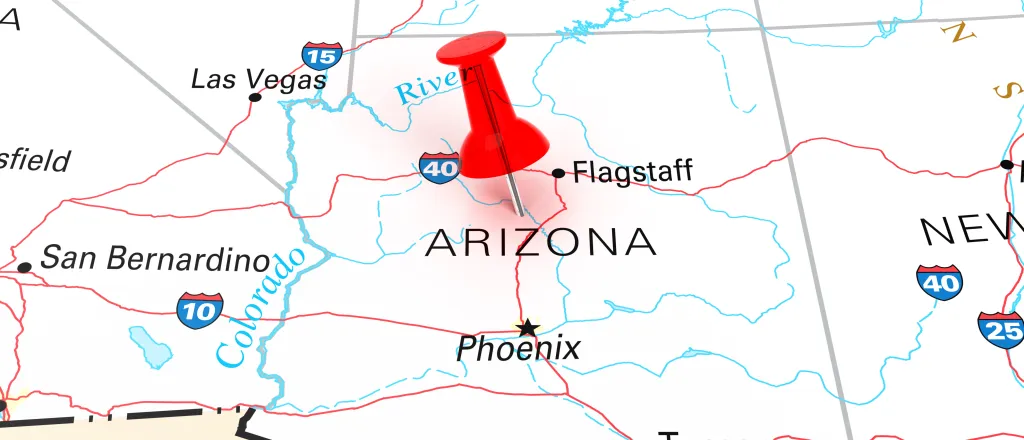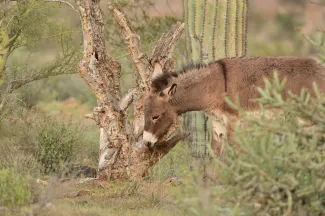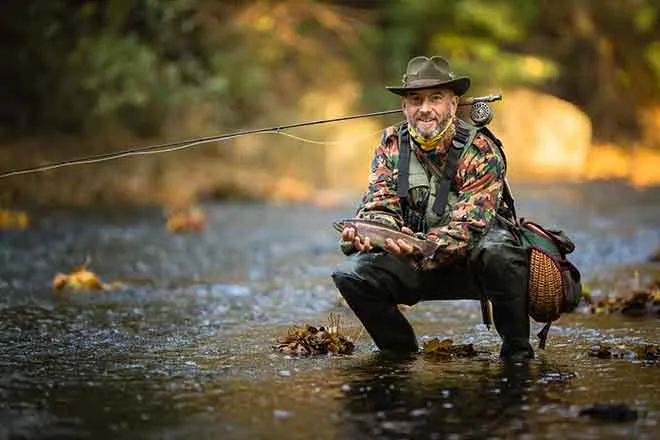
Report: Wild burros destroying Arizona desert habitat
Click play to listen to this article.
A new report from the Arizona Game and Fish Department showed the state's unchecked feral burro population is destroying keystone plant species in the Sonoran Desert.
Wildlife scientists studied plant species in areas with and without burros to determine the extent of the damage. Beyond the extreme heat beating down on the saguaro cacti, mesquite, ironwood and Palo Verde trees, burros are nibbling away at these keystone species, which not only provide shade for desert fauna but contribute to the habitat for animals and other plants.

©
Esther Rubin, research branch chief for the Arizona Game and Fish Department, said ground cover was down 30 percent in areas where burros are present and affecting trees and cacti that play an important role in the desert.
"For anybody whose been out in the desert when it's 115 to 120 degrees, shade is incredibly important," Rubin pointed out. "These plants, under their branch canopy, create these little refuges of shade where the temperature might be a little lower, and those areas are really important for other plant species and for wildlife."
Rubin noted Game and Fish is working with the federal Bureau of Land Management to devise a way to protect the desert plants from feral burros through adoption and relocation programs.
Beyond the ground cover being down by a third in areas where burros were present, biologists found the habitat for deer, bighorn sheep, reptiles and birds is also threatened, as are foliage size and density of so-called "nurse plants," which rely on the protection of cacti and desert trees.
"The worry is that once this effect starts happening and these important nurse plants are impacted, it could also have a lot of trickle-down effect and affect other plant species, as well," Rubin explained.
Game and Fish conducted its study near Lake Havasu and Lake Pleasant because burros were present in large numbers among the plant species.















